A device that sorts photon states could lead to a basic component of an all-optical quantum computer.
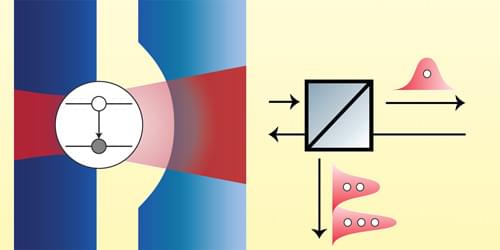

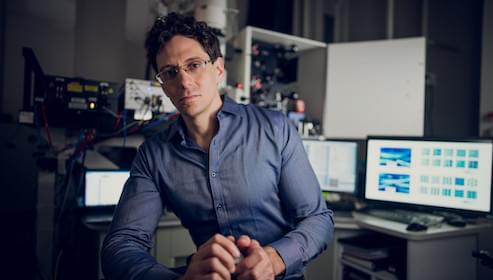
Frankly, I think 100 years is too far to look into the future because we will see dramatic new scientific areas emerge 20 years from now. My grandfather immigrated to Israel in 1946 from Holland to be a Technion student in civil engineering.
At that time, civil engineering and mechanical engineering were the most prestigious fields you could study. Back then, the disciplines of science that I work in, like computer science and electrical engineering, did not even exist as separate fields.
In comparison, today progress happens even more quickly. This rapid progress is especially apparent in disciplines like quantum technologies and AI.


But despite creating all these breakthrough technologies, physicists and philosophers who study quantum mechanics still haven’t come up with the answers to some big questions raised by the field’s founders. Given recent developments in quantum information science, researchers like me are using quantum information theory to explore new ways of thinking about these unanswered foundational questions. And one direction we’re looking into relates Albert Einstein’s relativity principle to the qubit.
Quantum computers
Quantum information science focuses on building quantum computers based on the quantum “bit” of information, or qubit. The qubit is historically grounded in the discoveries of physicists Max Planck and Einstein. They instigated the development of quantum mechanics in 1900 and 1905, respectively, when they discovered that light exists in discrete, or “quantum,” bundles of energy.
Opening RemarksAugust 19, 2024
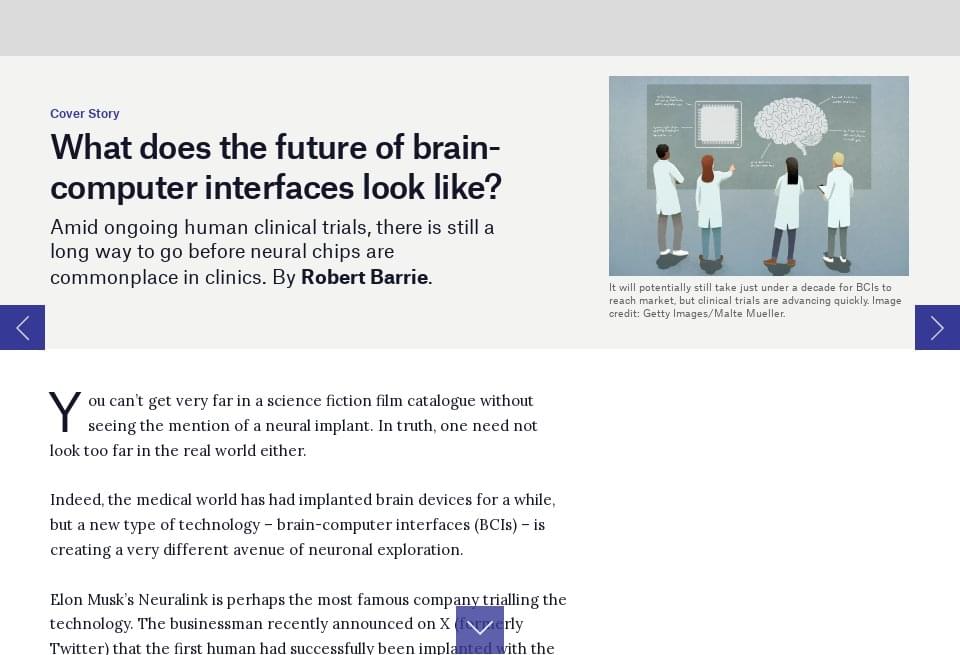
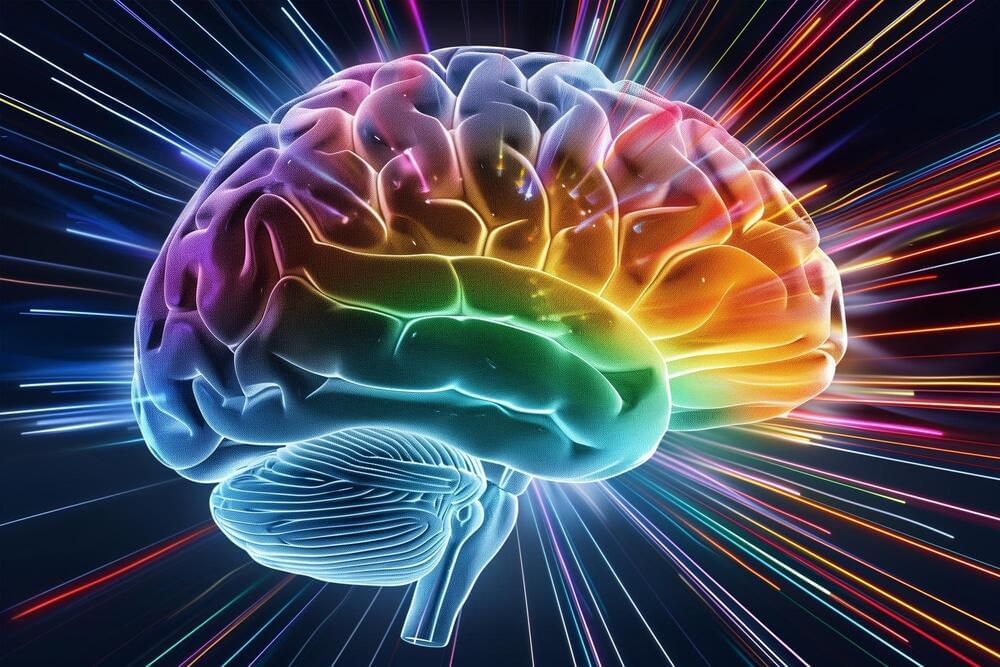
Neuroscientists at Stanford have linked Alzheimer’s disease to the disruption of brain metabolism via the kynurenine pathway, which is affected by amyloid plaque and tau proteins.
Their research has demonstrated that drugs blocking this pathway can restore cognitive function in Alzheimer’s mice by improving brain metabolism. This discovery not only bridges the gap between neuroscience and oncology but also provides a fast track to repurposing existing drugs for Alzheimer’s treatment.
Alzheimer’s disease and brain energy metabolism.
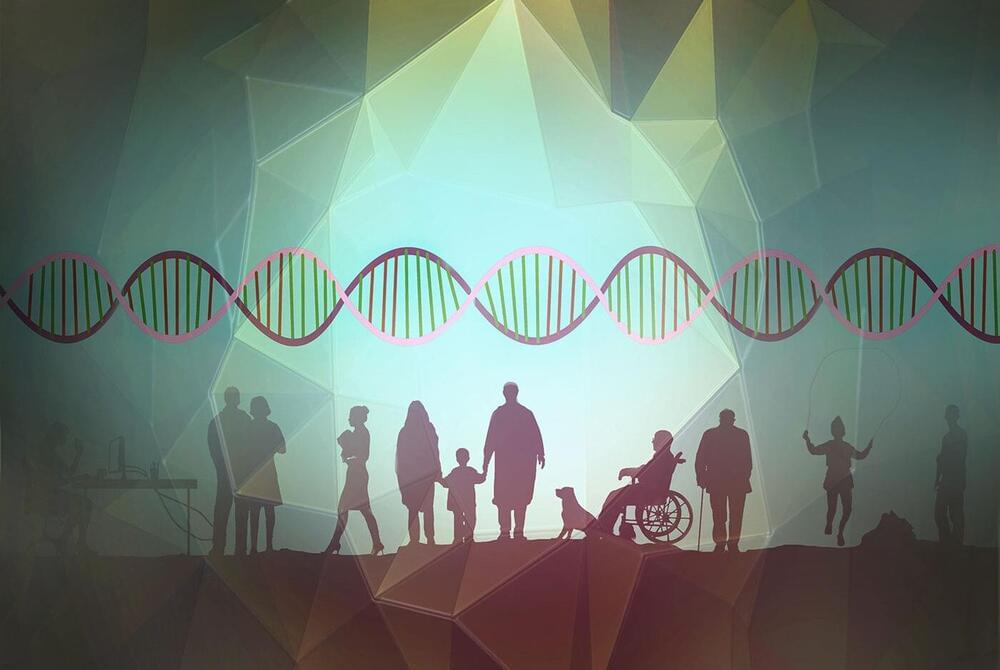
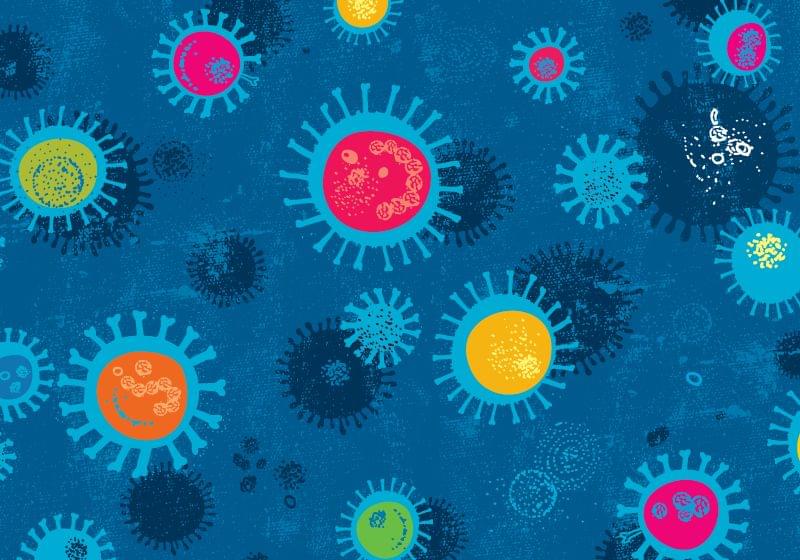
Enjoy the videos and music you love, upload original content, and share it all with friends, family, and the world on YouTube.